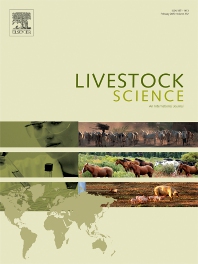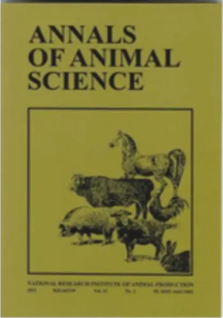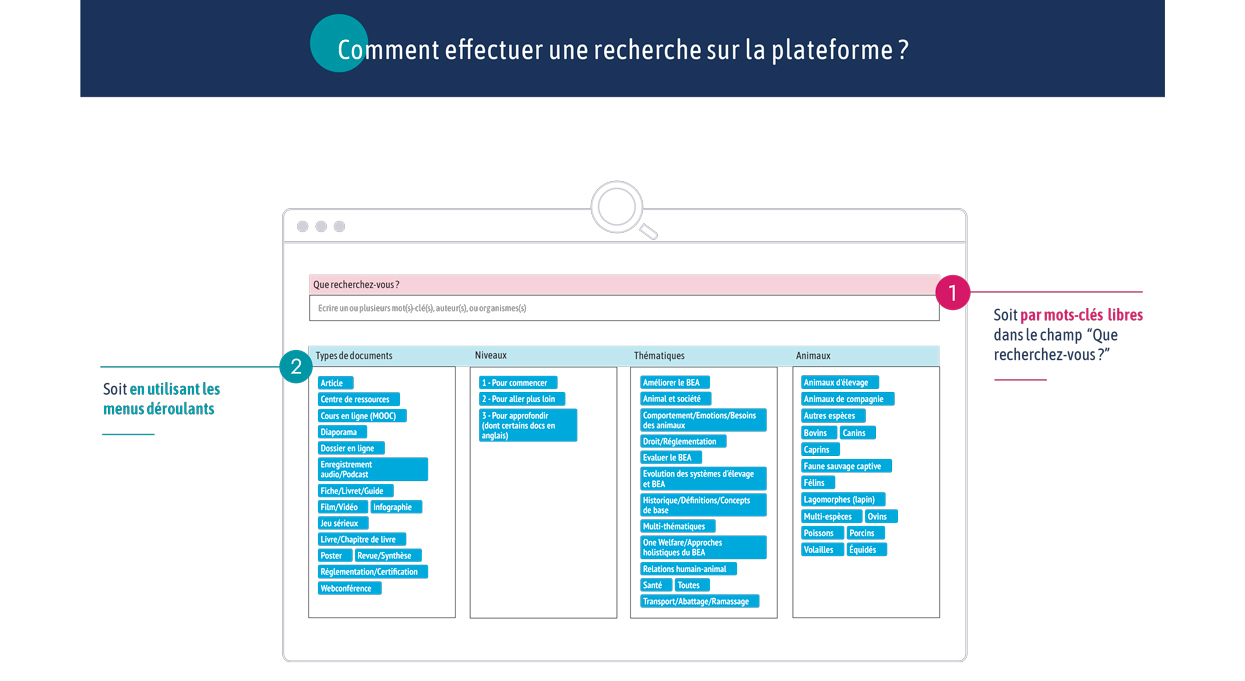Type de document : article scientifique publié dans Livestock Science
Auteurs : Annalisa Scollo, Serena Minervini, Maria Costanza Galli, Alberto Cevidalli, Giacomo Bortoletto, Giusy Romano, Flaviana Gottardo
Résumé en français (traduction) : L’opinion publique considère la sauvegarde du bien-être des animaux producteurs de denrées alimentaires comme une question fondamentale. La réduction de la douleur lors des procédures de routine a donc fait l’objet d’une attention croissante. Le but de cette étude était d’évaluer la réponse comportementale et physiologique des porcelets pendant l’administration de vaccins, en comparant l’injection intramusculaire avec aiguille (IM) et l’injection intradermique sans aiguille (ID).
Dans cette étude, des enregistrements vidéo et audio ont été réalisés au moment de la vaccination par IM de 53 porcelets et par ID de 53 porcelets afin de quantifier leurs réactions (tentatives de fuite) et leurs vocalisations (nombre et intensité), tandis que des dosages de cortisol ont été effectués sur des échantillons de sang prélevés sur un sous-échantillon de 18 porcelets par traitement.
L’analyse statistique des variables recueillies à partir de fichiers vidéo et audio a montré des différences significatives entre les deux traitements. Au moment de la vaccination, 90 % des porcelets ID et 55 % des porcelets IM (P<0,001) n’ont montré aucune réaction de fuite. Dix-huit pour cent des porcs IM ont continué à gigoter après la vaccination, alors que les porcs ID ne l’ont pas fait (P < 0,01).
Aucune vocalise n’a été enregistrée chez 55 % des porcelets ID et chez 25 % du groupe IM (P<0,008). Des vocalisations répétées ont été enregistrées pour 13% des porcelets du groupe ID et 50% du groupe IM (P<0,001). Une analyse détaillée des vocalisations a également révélé une durée plus longue (IM = 588 ms contre ID = 352 ms, P = 0,010) et un pic maximal plus élevé (IM = 99,8 dB contre ID = 90,7 dB, P < 0,001) dans le groupe IM par rapport au groupe ID.
En conclusion, tant pendant qu’immédiatement après la vaccination, une fréquence plus faible de réponses comportementales d’aversion a été observée dans le groupe ayant reçu le vaccin par la voie d’administration ID que dans celui ayant reçu le vaccin par IM.
Résumé en anglais (original) : Public opinion sees safeguarding the welfare of food-producing animals as a fundamental issue. Reducing pain during routine procedures has gained increasing attention accordingly. The aim of this study was to evaluate piglet behavioral and physiological response during vaccine administration, by comparing intramuscular injection with needle (IM) and intradermal injection without needle (ID).
In this study, video and audio recordings were made at the time of vaccination on 53 piglets for IM and 53 piglets for ID in order to quantify their reactions (attempts at flight) and vocalizations (number and intensity), while cortisol analyses were performed on blood samples collected from a subsample of 18 piglets per treatment.
Statistical analysis of the variables collected from video and audio files showed significant differences between the two treatments. At the time of vaccination, no flight reactions were shown by 90% of the ID piglets and 55% of the IM piglets (P<0.001). Eighteen percent of the IM pigs continued fidgeting after vaccination, while the ID pigs did not (P < 0.01).
No vocalization was recorded in 55% of the ID piglets and in 25% of the IM group (P<0.008). Repeated screams were recorded for 13% of the piglets of the ID group and 50% of the IM group (P<0.001). Detailed analysis of the vocalizations also revealed longer length (IM = 588 ms vs. ID = 352 ms, P = 0.010) and higher maximum peak (IM = 99.8 dB vs. ID = 90.7 dB, P < 0.001) in the IM group compared to the ID.
In conclusion, both during and immediately after vaccination, a lower frequency of behavioral aversive responses was observed in the ID route of vaccine administration group than in the IM group.
Publication ayant fait l’objet d’un article dans Pig333 le 02/04/2020






